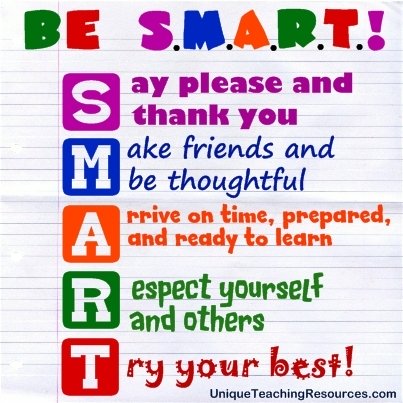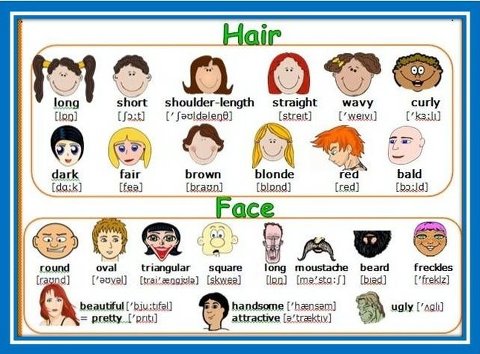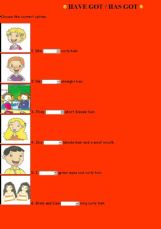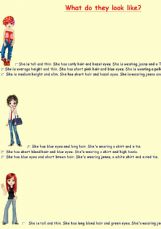In this Unit you'll learn about :
FOOD and RECIPES.
Countable and Uncontable nouns. GRAMMAR: a,/an, some, any, much, many. There is, There are.















2-Write the correct container name (from the words below). Some names can be used more than once: carton, can, pitcher, bag, box, jar, bottle, bowl, containers, plate.
3-FOOD CONTAINERS
4- Counters : Select the proper counter for each item 5- 6- 7-
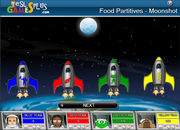

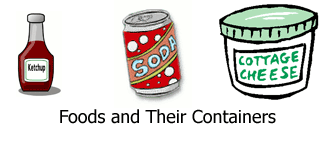
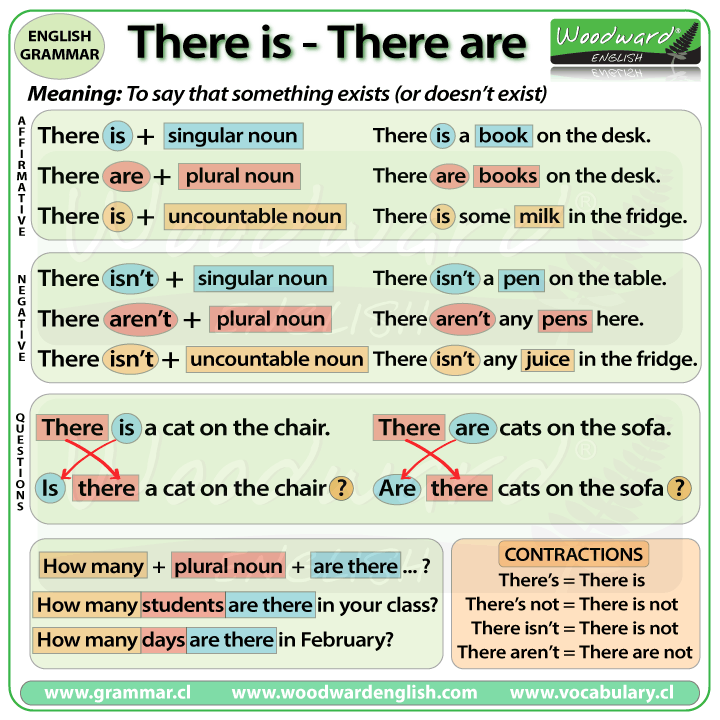
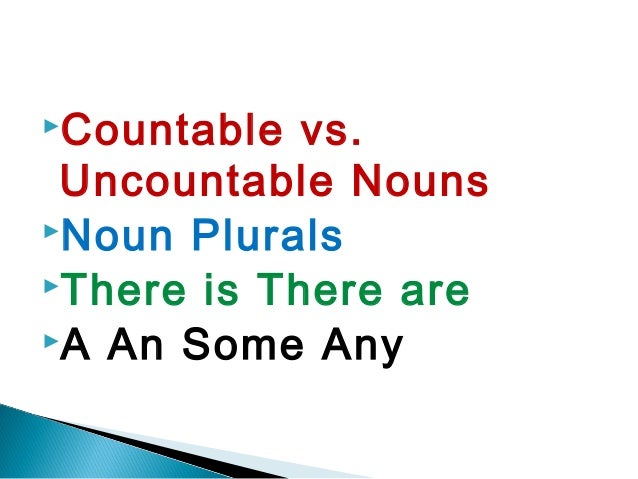
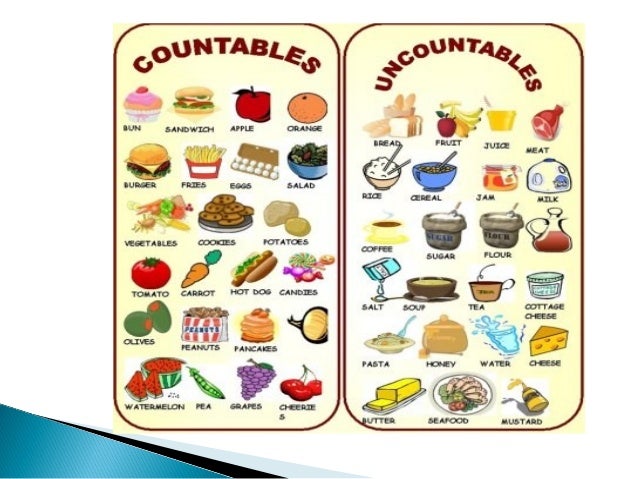
EXERCISES:

Countable or Uncontable ?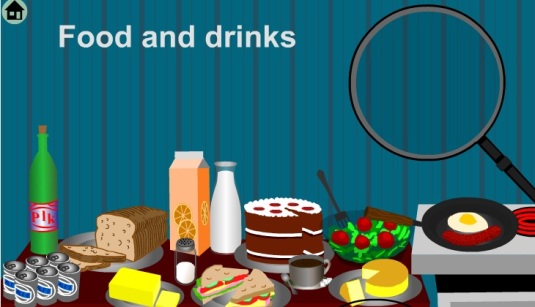
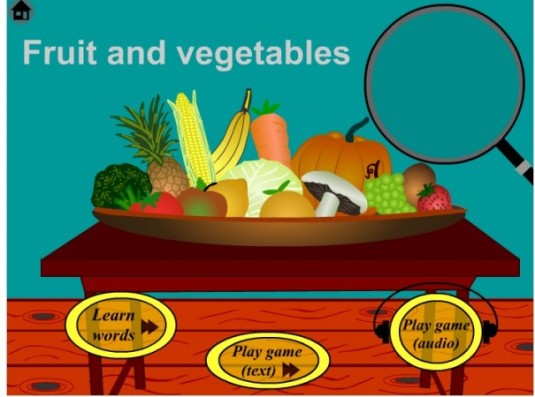
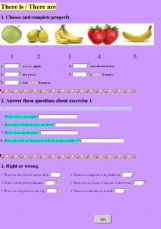

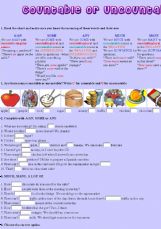
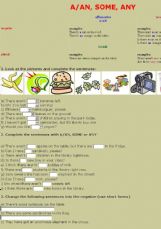
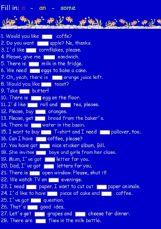


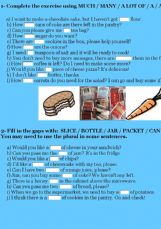
FOOD and RECIPES.
Countable and Uncontable nouns. GRAMMAR: a,/an, some, any, much, many. There is, There are.















1-Food & Containers :English Vocabulary Game
2-Write the correct container name (from the words below). Some names can be used more than once: carton, can, pitcher, bag, box, jar, bottle, bowl, containers, plate.
3-FOOD CONTAINERS
4- Counters : Select the proper counter for each item 5- 6- 7-






EXERCISES:


Countable or Uncontable ?
















